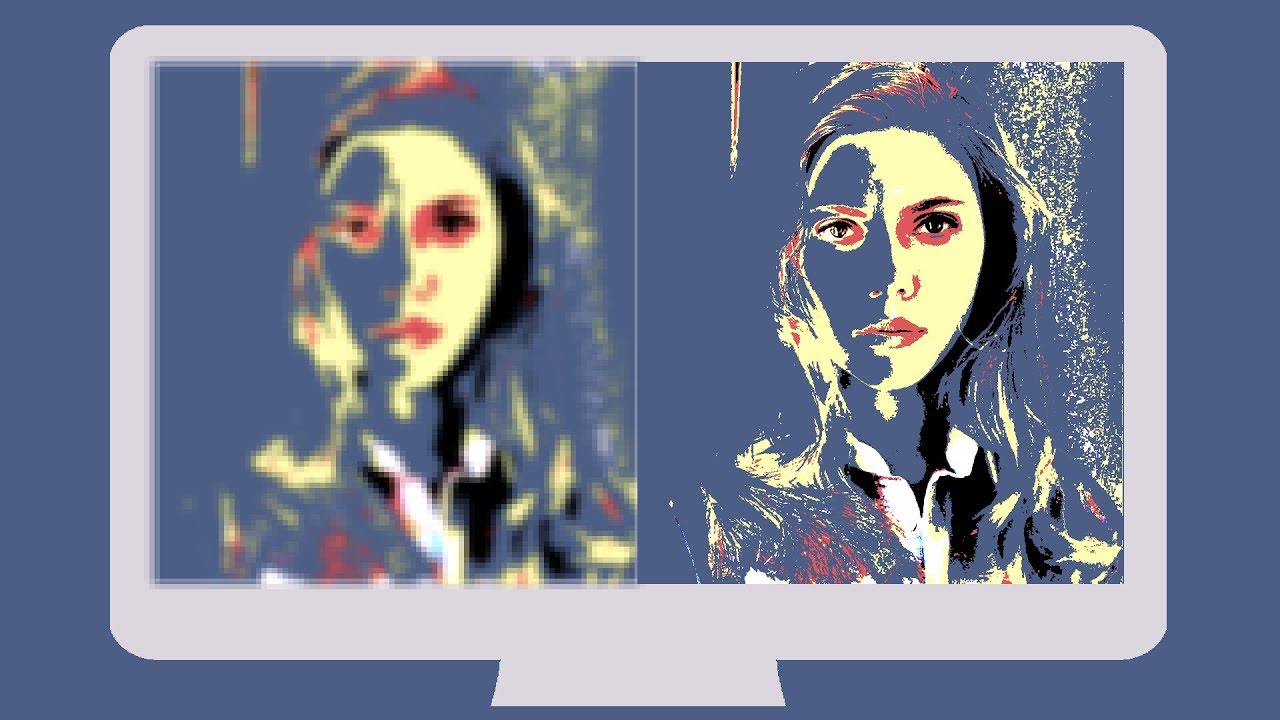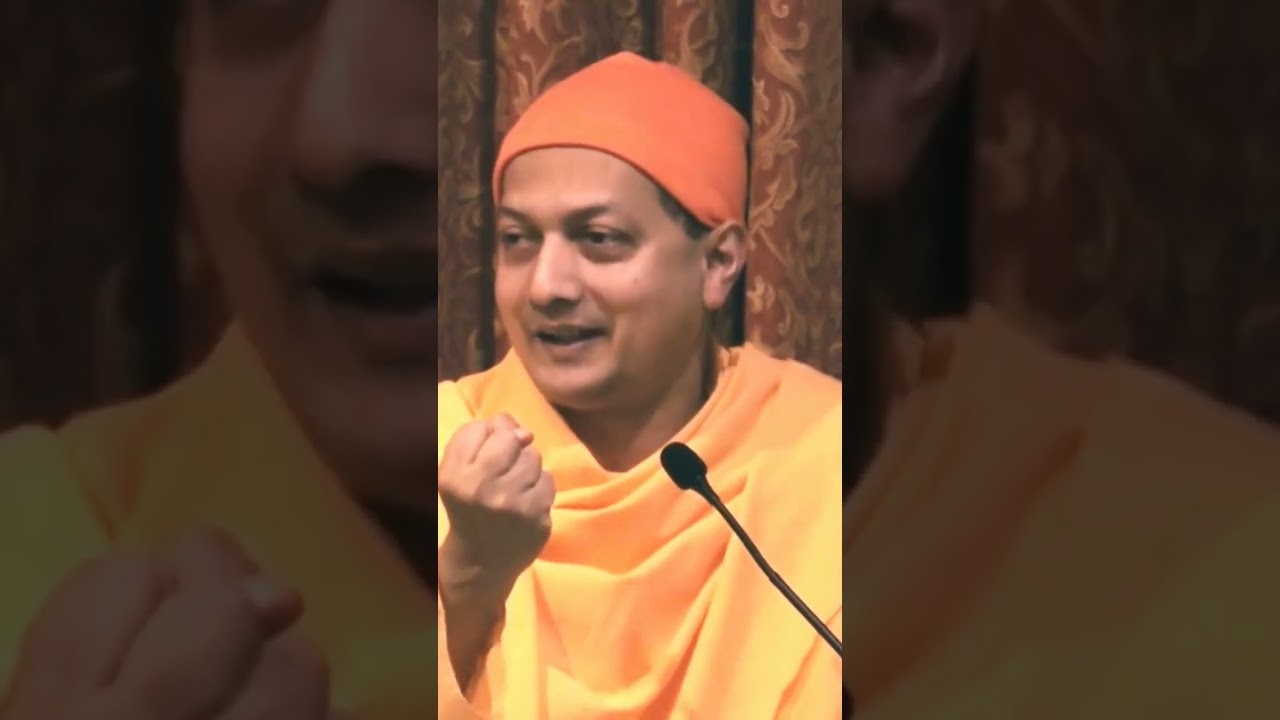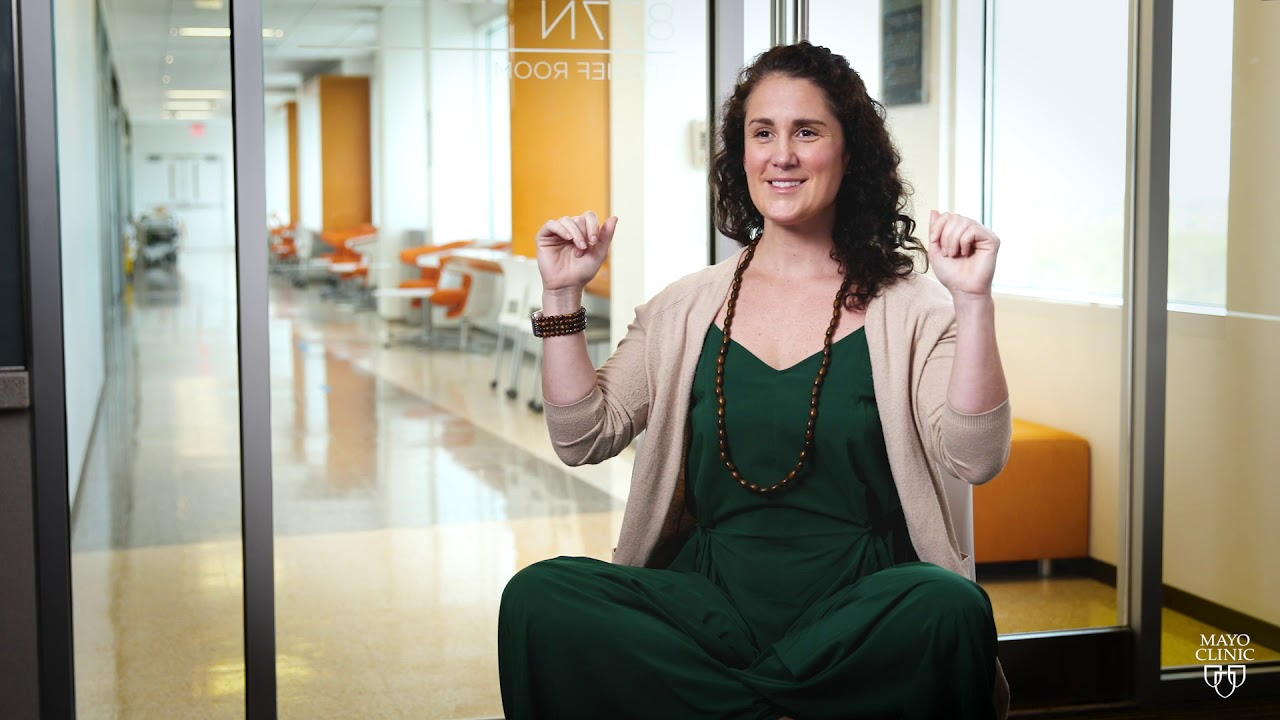Coding Tech
When characters on a TV show “enhance!” a blurry image, you probably laugh and tell your friends that it’s impossible to do that in real life. But over the past year, deep learning research has actually made this kind of possible! How will you explain this to your friends!?
In this talk, you’ll get an intuitive introduction to generative adversarial networks, a new machine learning technique that’s surprisingly good at upscaling images. You’ll learn how these systems are inspired by human art forgers, and how you can use them to do other things like transform a horse into a zebra, convert a sentence into a photo, and so much more!
Geoffrey builds software for public schools at Panorama Education. He enjoys learning about machine learning and playing the cello, and occassionally posts on his blog.
EVENT:
!!Con 2017
SPEAKER:
Geoffrey Litt
PERMISSIONS:
The original video was published with the Creative Commons Attribution license (reuse allowed).
CREDITS:
Original video source: https://www.youtube.com/watch?v=RhUmSeko1ZE
Source




Image it up 🙂
that is one amused audience 😀
Isn't this a fun application of neural networks?
awesome talk and presentation! thanks for uploading
Doesn't work, looks horrible, can't be solved.
Really short and understandable explanation of neural networks and gans. Very complicated two machine learning concepts. Well done.
The single person going "WOAH!" at 10:56 when he showed the generated bird pictures cracks me up so much
HaHaHa… people in this days -learns quickly.
Easiest audience ever.
There's a start up Let's enhance
i wonder how different the results would be if you took the low-res image, used bicubic interpolation algorithm on it, and THEN used the GAN (as opposed from going straight from low-res to the GAN)
made my day. thanks
Very cool. Any chance of us getting some code to play with? Couldn't find it on Litt's Github page.
Very good informative presentation! Thank you.
There is just so much positive energy in this video! loved it
awesome presentation
I've been having the exact problem the guy described in the first part! I'm glad it was solved. I'll try a discriminator though I'm not entirely sure if it's as simple as he made it sound… I guess I'll know when I try!
tsk tsk tsk tsk
Enhance
tsk tsk tsk tsk
Enhance
tsk tsk tsk tsk
Enhance
tsk tsk tsk tsk
Enhance
tsk tsk tsk tsk
Enhance
tsk tsk tsk tsk
Enhance
tsk tsk tsk tsk
Enhance
tsk tsk tsk tsk
Enhance
tsk tsk tsk tsk
Enhance
tsk tsk tsk tsk
Enhance
tsk tsk tsk tsk
Enhance
tsk tsk tsk tsk
Enhance
tsk tsk tsk tsk
Enhance
tsk tsk tsk tsk
Enhance
tsk tsk tsk tsk
Enhance
tsk tsk tsk tsk
Enhance
tsk tsk tsk tsk
Enhance
tsk tsk tsk tsk
Enhance
tsk tsk tsk tsk
Enhance
tsk tsk tsk tsk
Enhance
tsk tsk tsk tsk
Enhance
tsk tsk tsk tsk
Enhance
tsk tsk tsk tsk
Enhance
tsk tsk tsk tsk
Enhance
tsk tsk tsk tsk
Enhance
tsk tsk tsk tsk
Enhance
tsk tsk tsk tsk
Enhance
tsk tsk tsk tsk
Enhance
tsk tsk tsk tsk
Enhance
tsk tsk tsk tsk
Enhance
tsk tsk tsk tsk
Enhance
tsk tsk tsk tsk
Enhance
tsk tsk tsk tsk
Enhance
tsk tsk tsk tsk
Enhance
tsk tsk tsk tsk
Enhance
tsk tsk tsk tsk
Enhance
This is soooo stupid… congrats you made the worst identifier…. it's not "enhancing" it is actively obscuring. From a signal to noise ratio– your is worse… i mean loook– i get you are tying to do but you aren't thinking it through. You are no "de-blurring" you are drawing a "general face" this is the opposite of "deblurring" look at @8:43 the mans face is obviously a reconstruction from a database and is not "de-blurred"
Sorry this is cool tech, but just pretty useless… in this form or usecase.
This is awesome! Can this system be used to upscale an already-relatively-clear image? Say we take a 420p image and run it through the neural net, can it fill in pixels to make a realistic-looking 1080p image?
What about a slightly higher quality image. If it does that well on such a low quality image just imagine what it could go with a better quality one.
Very nice. It will be nice when AI can change all TV programs filmed before 2020 and convert it to 8k.